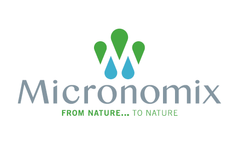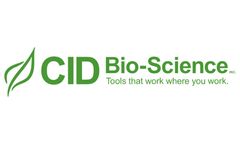Crop Treating Articles & Analysis
6 articles found
PREAMBLE: Melons are members of the cucurbit family, which includes pumpkins, zucchini, cucumbers and squash, all of which have similar growth requirements. Melon quality is directly related to the sugar content of the fruit. High sugar content is achieved by avoiding all stress during the growing season. Stress comes from foliar diseases, insect pests, weeds, poor nutrition, and excesses or ...
Cadmium is a heavy, non-biodegradable metal that is toxic to plants, people, and animals. With increasing pollution and emission of cadmium, its levels in agricultural soils are increasing. The risk to humans is high due to consumption of cadmium-contaminated food. Modern applications of gas analysis and laser measurements are speeding up research in addressing the problem of cadmium stress. ...
This study was designed to assess homing behaviour of bees foraging on winter oilseed rape grown from seed treated with thiamethoxam (as Cruiser OSR) with one field drilled with thiamethoxam treated seed and two control fields drilled with fungicide‐only treated seed. ...
It turned out that the bald eagles were eating the corpses of ducks that had died after consuming crops treated with a class of pesticide that came before neonics and after DDT: the cholinesterase inhibitors such as carbamates. ...
ByEnsia
These experiments showed that plants treated with AG100 produced higher harvestable weights and a reduction in certain diseases such as Botrytis cinerea when compared to untreated plants. ...
The social survey carried out for more than 300 farmers in the Gaza Strip shows that the scarcity of organic fertilisers and their high prices could encourage farmers to use treated sludge instead of importing organic fertilisers. The farmers who have not used sludge before are willing to use it if it is well treated and shows good results after application. Also ...






